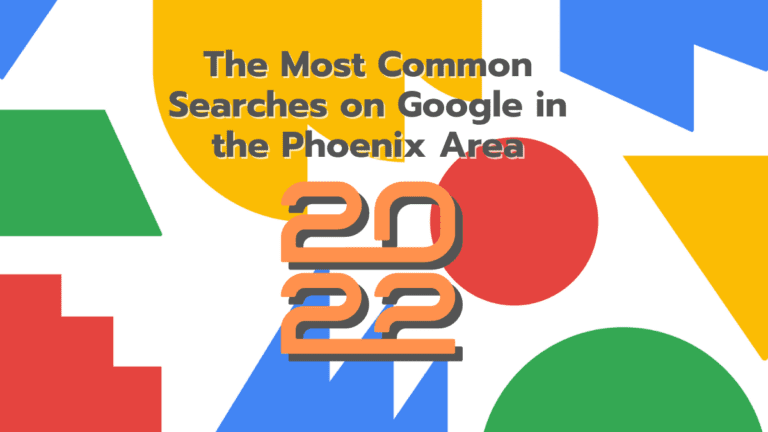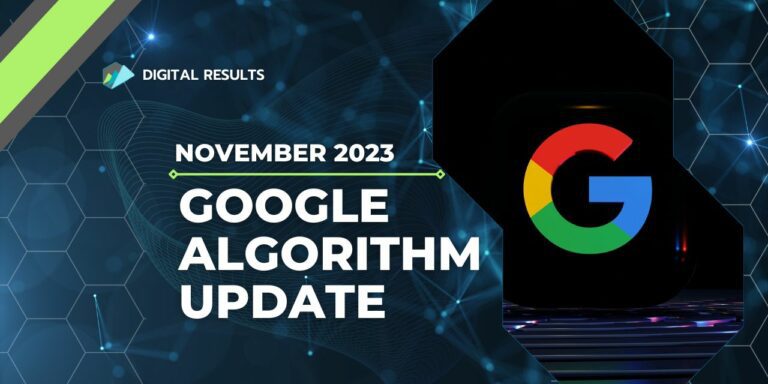Google’s Search Quality Raters Guidelines Gets New Update
Google’s 2023 update to its Search Quality Raters Guidelines, the first of this year, introduces several significant changes to refine and modernize the evaluation process.
Notably, the update includes a simplification of the Needs Met scale definitions, along with added guidance for specific types of Needs Met ratings, thereby refreshing the rating guidance and examples. Additionally, the guidelines have been updated to include modern examples relevant to popular platforms and video formats while removing outdated and redundant examples. These updates are significant as they directly impact how quality raters, who are external consultants, assess the effectiveness of Google’s search results.
Although these ratings don’t directly influence the search rankings, they are crucial in providing feedback that helps Google refine its search algorithms. This underscores the importance of understanding the changes in these guidelines to gain insights into Google’s evolving approach toward content relevance and user experience in search results.
Part 1: Page Quality Rating Guideline
This part covers a range of topics, including the introduction to page quality rating, understanding webpages and websites, definitions, purposes of a webpage, “Your Money or Your Life” (YMYL) topics, understanding webpage content (main content, supplementary content, advertisements/monetization), understanding the website, overall page quality rating, page quality rating considerations, reputation of the website and content creators, experience, expertise, authoritativeness, and trust (E-E-A-T), lowest quality pages, and examples of various quality pages.
The 2023 version of the Search Quality Raters Guidelines starts with an introduction that mirrors the 2022 version in several aspects. It outlines the core purpose of search quality rating, emphasizing the importance of the role played by raters in assessing search results. The guidelines specify requirements for raters, such as their representation, the necessary browser specifications, the use of ad-blocking tools, and internet safety protocols. These foundational aspects set the stage for raters to understand their responsibilities and the context within which they operate. Additionally, the role of examples in guiding raters through the evaluation process is underscored, providing them with practical illustrations of the concepts discussed.
This section forms the crux of the guidelines, beginning with an in-depth understanding of webpages and websites. This includes exploring topics such as “Your Money or Your Life” (YMYL), which are crucial in evaluating the potential impact of content on users’ lives and finances. The guidelines also delve into the identification of different content types on web pages, such as main content (MC), supplementary content (SC), and advertisements or monetization strategies (Ads). This is followed by a comprehensive approach to understanding and rating the overall quality of a webpage, taking into account various factors that contribute to its value and reliability from a user’s perspective.
While previous versions cover similar ground in terms of structure and content, the 2023 version includes new and updated examples, refined definitions, and minor adjustments to reflect changes in the web and search landscape. The core principles and methods of page quality evaluation remain consistent, ensuring continuity and reliability in the evaluation process.
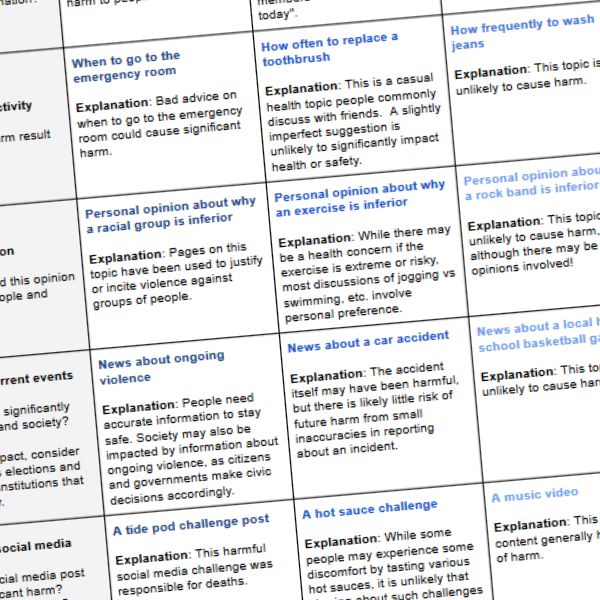
Part 2: Understanding Search User Needs
This section deals with understanding search users’ queries and results, the importance of rating definitions and ideas, the locale and user location, queries with explicit locations, queries with multiple meanings, and understanding user intent.
The 2023 version of this section maintains a structure similar to the 2022 version, focusing on understanding users’ queries and results. This section is crucial as it delves into how search queries are interpreted and assessed in terms of user intent and satisfaction. The updated version brings fresh perspectives and insights reflecting the evolving nature of search behaviors and technologies. This evolution is critical in the context of the dynamic nature of online search, where changes in user habits and advancements in search technology continually redefine how information is sought and consumed.
Content Updates and Additional Topics
While the fundamental themes from the previous version are retained, the 2023 guidelines introduce new examples, refined definitions, and possibly expanded guidelines. These updates aim to keep pace with contemporary search trends and the changing landscape of internet usage. The guidelines may also cover new subtopics or extend coverage of emerging aspects in digital search, such as voice search, mobile search nuances, and specific search queries that have recently gained prominence. These inclusions ensure that the guidelines remain relevant and effective in a rapidly evolving digital environment.
Both the 2022 and 2023 versions of the guidelines share a consistent focus on the fundamental task of understanding search users’ queries and results. This consistency underscores the perennial importance of aligning search results with user intent. However, the 2023 version distinguishes itself by potentially offering more contemporary examples and nuanced guidelines. These refinements are crucial for raters to accurately interpret and evaluate the relevance and effectiveness of search results in the context of current user behaviors and expectations.
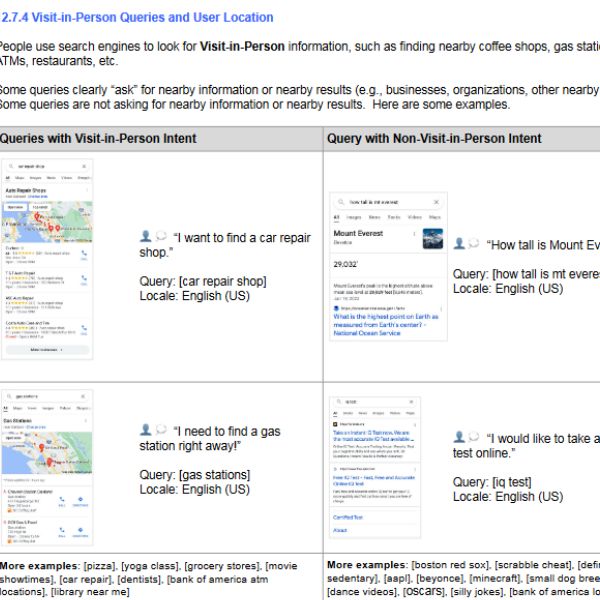
The 2023 version also incorporates revisions and updates that reflect the changes in the search landscape or user behaviors since the 2022 edition (and there have been many of them). These updates are significant as they acknowledge the continuous evolution of how users interact with search engines and how search engines, in turn, respond to these changes.
By integrating these developments, the guidelines ensure that the raters’ assessments are aligned with the latest trends in search technology and user behavior, thereby maintaining the relevance and effectiveness of the evaluation process.
It is important to note that while the core purpose of the search users needs section remains consistent across both versions – to guide evaluators in understanding and assessing how search results meet user needs – the 2023 version offers newer insights, examples, and refined approaches to account for the evolving nature of search and user behavior online.
Part 3: Needs Met Rating Guideline
This part includes guidelines for rating using the Needs Met scale, rating result blocks, the relationship between page quality and Needs Met, rating porn, foreign language, and did not load results, additional flags in some rating tasks, many types of helpful results, the specificity of queries and landing pages, Needs Met rating and freshness, misspelled and mistyped queries and results.
The 2023 version of Google’s Search Quality Raters Guidelines – Needs Met Rating Guideline section focuses on the use of the Needs Met Scale. This foundational structure is crucial as it lays the groundwork for understanding the process and criteria for evaluating search results. These updates reflect the ongoing changes in user search behavior and the emergence of new search engine features. By updating these elements, the guidelines ensure that the evaluators’ approach to assessing search results remains aligned with the latest trends and practices in the digital search arena.
One of the notable changes to this section is the simplification of the Needs Met scale definitions, alongside the addition of guidance for specific types of Needs Met ratings. This simplification is significant as it makes the rating process more intuitive and straightforward, enabling raters to apply these criteria more effectively.
Furthermore, the 2023 guidelines introduce a new aspect in rating tasks: some Needs Met rating tasks may not require ratings for all blocks, with certain results being greyed out. This feature was created to aid raters in focusing on the most relevant results based on the context of the query, thus indicating a more flexible and targeted approach to rating.
While the core principles of the Needs Met Rating Guideline section remain consistent across previous versions, the 2023 edition reflects updates and refinements that align with evolving search technologies and user behaviors. These changes suggest a continuous effort by Google to keep the guidelines relevant and effective in assessing how well search results meet user needs.
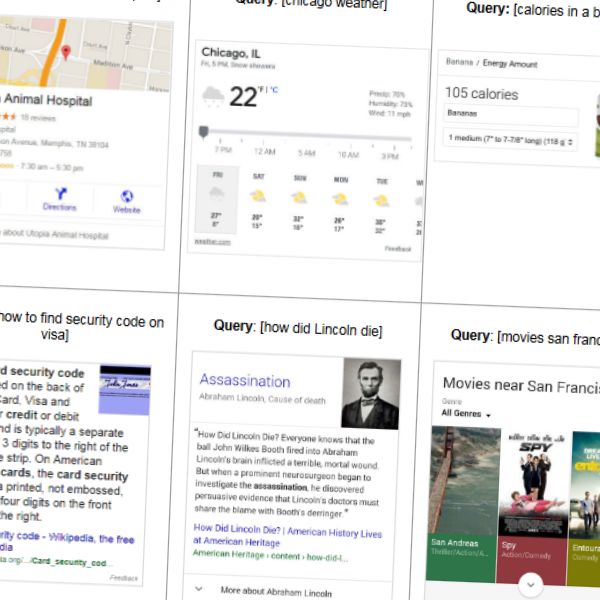
Part 4: Appendices
These include guidelines on using the evaluation platform, acquiring tasks, rating tasks using the rating interface, releasing tasks, understanding user location on the task page, reporting duplicate results in tasks, simplified Needs Met tasks, and a change log for the guidelines.
Mirroring the 2022 version, the 2023 edition of the guidelines also includes appendices on using the evaluation platform and a change log. The section on using the Evaluation Platform follows a similar structure to the 2022 version, maintaining consistency in guiding the operational use of the platform. Notably, the Guideline Change Log in the 2023 version documents the changes made from November 2021 to November 2023. The change log also notes the refreshment of rating guidance and examples, ensuring they align with evolving search trends and user behaviors.
The 2023 version, while retaining the structural integrity of the appendices, introduces specific updates that reflect a focus on refining evaluation criteria. These changes, particularly in the Needs Met rating scale and guidelines, indicate a response to the dynamic nature of online content and user search behavior. This approach underscores Google’s commitment to adapting its evaluation process to the continually changing search and internet usage landscape.
Top Changes in Google’s Search Quality Raters Guidelines
Simplified Needs Met Scale Definitions and Added Guidance for Specific Types of Needs Met Ratings
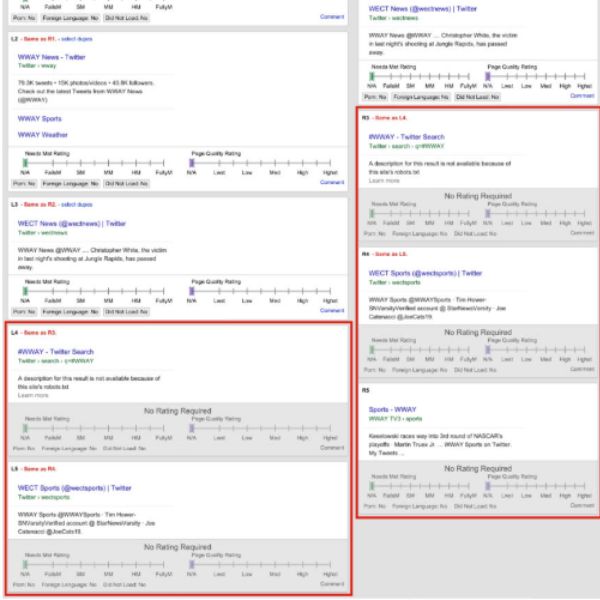
The 2023 version of the guidelines introduces simplified definitions for the Needs Met scale, a critical tool for evaluators in assessing how well search results align with user intent. This simplification makes the scale more intuitive and user-friendly, enhancing the consistency and accuracy of ratings across different evaluators. By refining the scale, the guidelines ensure that raters understand the criteria for each rating level, from ‘Fully Meets’ to ‘Fails to Meet’, enabling them to make more informed and nuanced judgments about the relevance and usefulness of search results.
In addition to simplifying the scale, the 2023 guidelines provide added guidance for specific types of Needs Met ratings. This additional guidance likely includes detailed scenarios or examples, helping raters navigate complex or ambiguous cases better. Such guidance is invaluable in dealing with grey areas where user intent could be more straightforward or where search results have multiple dimensions of relevance. This enhancement indicates recognizing the evolving complexity of search queries and the need for more granular guidance in response.
The refreshed rating guidance and examples in the 2023 guidelines underscore an ongoing commitment to keeping the evaluation process relevant and effective. By updating examples to reflect current search trends and user behaviors, raters are equipped with contemporary and relatable scenarios, enhancing their ability to apply the guidelines effectively. The refreshment of examples ensures that the guidelines stay aligned with the ever-changing online landscape, maintaining their practical applicability and relevance for evaluators.
Updated Examples for Popular Platforms and Video Formats
The inclusion of modernized examples in the 2023 guidelines, particularly those for popular platforms and video formats, represents a significant update reflecting the current digital environment. As online content consumption increasingly shifts towards multimedia platforms and video content, these new examples ensure that raters are familiar with evaluating content users are most likely to encounter in their searches. This change acknowledges the growing importance of platforms like YouTube, social media sites, and various streaming services, which have become integral to the online search and information experience.
The 2023 guidelines streamline the evaluation process by removing outdated and redundant examples, focusing on scenarios most relevant to today’s internet users. This pruning not only declutters the guideline but also ensures that raters are focused and aware of irrelevant or obsolete information. It reflects a keen awareness of the dynamic nature of the web, where user preferences, technologies, and platforms evolve rapidly. This update aids raters in focusing their efforts on content and scenarios most pertinent to current search engine users.
The modernization of examples in the guidelines aligns with the broader digital transformation trend and the changing landscape of online information. By incorporating examples from popular platforms and contemporary video formats, the guidelines stay abreast with the modalities through which information is consumed today. This alignment ensures that the quality evaluation process remains grounded in current internet usage, making it more relevant and effective in assessing the quality of search results in a world where multimedia content is king.
Expanded Rating Guidance for Forum Pages; Updated Language, Examples, and Explanations for Consistency Across Sections; and Fixed Typos
The minor changes throughout the 2023 guidelines, such as expanded rating guidance for forum pages, demonstrate an attention to detail and a commitment to continuous improvement. Forums represent a unique type of content on the internet, often featuring user-generated content, discussions, and a range of viewpoints. The expanded guidance for these pages likely addresses the challenges in evaluating such content’s reliability, authority, and usefulness, which differs significantly from more traditional web content. This change indicates an understanding that different types of web pages require distinct evaluation criteria to assess their quality accurately.

The updates to language, examples, and explanations for consistency across different sections of the guidelines reflect a concerted effort to ensure clarity and coherence throughout the document. Consistency in language and examples is crucial for raters to understand the guidelines uniformly, regardless of which section they are referring to. These updates likely make the guidelines more user-friendly and reduce the potential for misunderstanding or misinterpretation, leading to more consistent and accurate ratings across different raters and scenarios.
Fixing typos and making other minor editorial changes, though seemingly small, contribute significantly to the overall quality and professionalism of the guidelines. Such meticulous attention to detail ensures that the document is accurate and reflects a high standard of clarity and precision. These refinements, while minor, play a crucial role in maintaining the credibility and reliability of the guidelines, ensuring that they serve as a trustworthy and authoritative resource for raters.
The Evolving Nature of Google’s Search Quality Raters Guidelines in 2023
Google’s 2023 update to its Search Quality Raters Guidelines marks a significant step in refining and modernizing the process of search quality evaluation. This update, the first of its kind in 2023, brings crucial changes that directly influence how external consultants, serving as quality raters, assess Google’s search results. The simplification of the Needs Met scale definitions and the addition of detailed guidance for specific types of Needs Met ratings represents a concerted effort to enhance the clarity and usability of these evaluation tools. This move streamlines the evaluation process and ensures that raters can make more informed and nuanced judgments about search results, aligning their assessments more closely with the evolving user search behaviors and expectations.
Moreover, the update includes modernized examples pertinent to popular platforms and video formats, reflecting the shift in online content consumption trends. By phasing out outdated and redundant examples, the guidelines maintain relevance in the rapidly evolving digital landscape, aiding raters in evaluating content types most relevant to current internet users. These changes underscore Google’s commitment to staying attuned to the dynamic web environment and ensuring its search quality evaluation process remains pertinent and practical. Additionally, the expanded guidance for specific web content types, like forum pages, and the updates for consistency across different sections of the document highlight a meticulous approach to maintaining the guidelines’ accuracy and comprehensiveness. These minor yet significant edits, including fixing typographical errors, contribute to the overall quality and reliability of the guidelines, solidifying their status as an authoritative resource in the realm of search quality evaluation.
The 2023 iteration of the Search Quality Raters Guidelines reflects Google’s ongoing dedication to adapting and refining its evaluation criteria in response to the changing nature of search technology and user behavior. This evolution is crucial for ensuring the accuracy and relevance of search results and maintaining the trust and reliability of Google’s search engine in an ever-changing digital world. As such, these guidelines continue to be an indispensable tool for raters, helping them navigate the complexities of search quality evaluation with greater confidence and precision.



